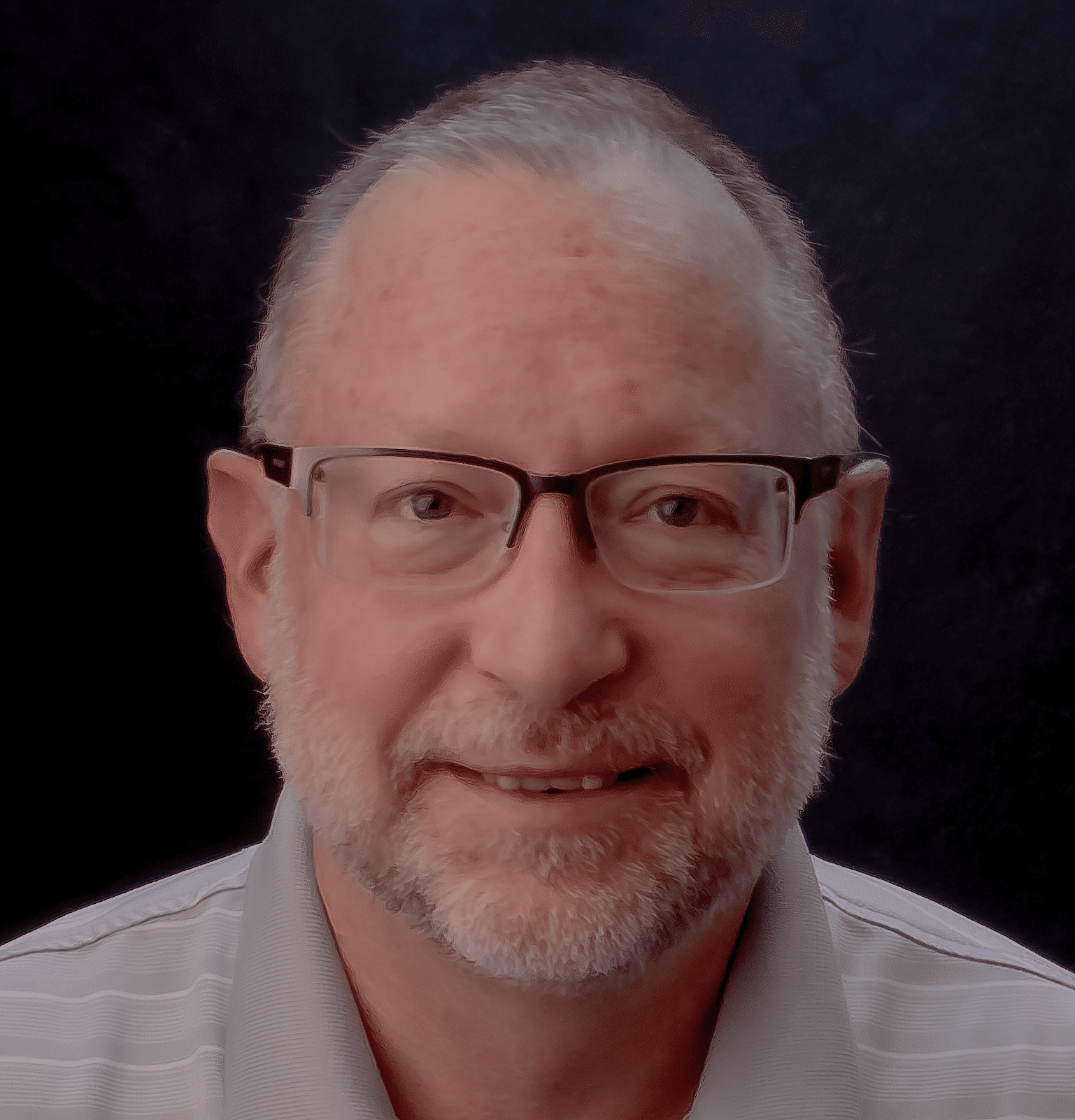2024 CONFERENCE SCHEDULE
Two Conference Tracks
TRACK 1: On-Site Utility Sustainability: Energy & Cooling Water Conservation
Receive actionable project ideas on how to reduce the water and energy consumption of your plant. Learn the latest system assessment techniques from world-class auditors. Learn technology deployment strategies from leaders of associations like the Compressed Air & Gas Institute. Meet experts who can answer questions regarding system automation, measurement and monitoring to verify energy savings. Receive 8 PDH credits.
TRACK 2: On-Site Utility Reliability, Safety and Quality
Learn techniques to improve production up-time with high-quality and reliable on-site utilities. Discuss the establishment of compressed air specifications and compliance verification for the safe production of food, beverage and drug products – and to reduce production spoilage/reject rates. Receive maintenance check-lists and training to maintain required pressures and flows. Learn technology deployment strategies from leaders of associations like the Cooling Technology Institute. Receive 8 PDH credits.
TRACK 1: On-Site Utility Sustainability: Energy & Cooling Water Conservation (Room 104)
Tuesday, October 29th – 8:00 – 10:00 AM
Session #1: CAGI Education Seminar – Case Studies in Maximizing Compressed Air Efficiency
Chair: Chad Larrabee, Vice President, Engineered Air and Gas, Ingersoll Rand – NA Compression Systems and Services
Through real-world case studies and practical examples, CAGI’s educational seminar will illustrate the measurable energy savings, environmental and safety benefits that can be achieved. From system design and component selection to maintenance strategies and energy audits, attendees will gain actional insights to enhance energy efficiency and safety in their own facilities.
Chad Larrabee is Vice President, Engineered Air and Gas, for Ingersoll Rand – North America Compression Systems and Services. He also serves as the Education Committee Chair for the Compressed Air & Gas Institute. Larrabee has over 30 years of experience in the compressed air industry.
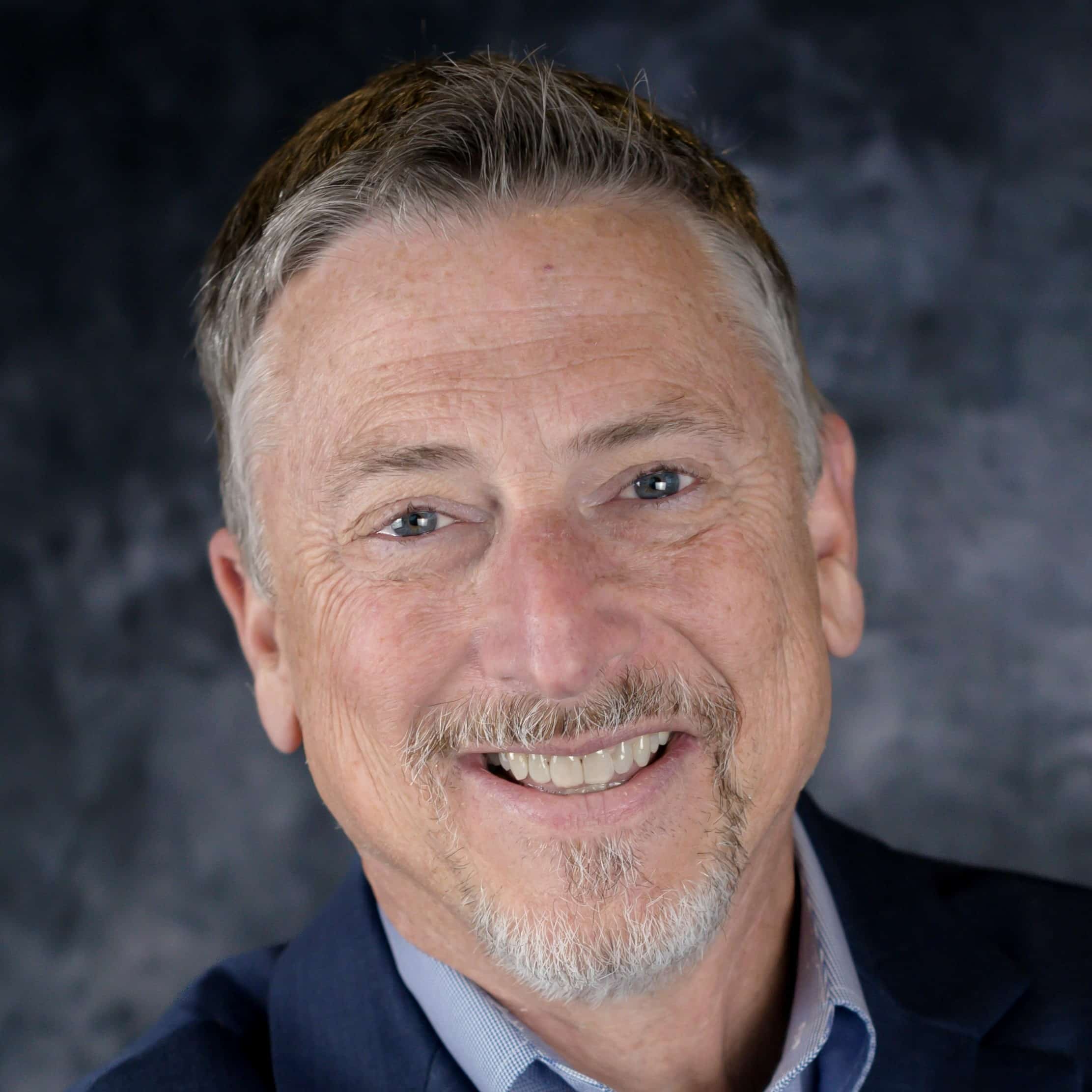
Speaker #1: Redesigning Greenfield Site Systems to Meet True Demand
Neil Mehltretter, Technical Director, Kaeser Compressors
Each year thousands if not tens of thousands of compressors and compressed air stations are designed and built per a specification. Many of those new installations are completed for Greenfield or new construction. In these cases, specifications for flow, pressure and air quality can vary widely from the eventual true demands. The two case studies discussed will follow two such Greenfield projects where the demands were much lower than expected. We’ll review how this was evident at the plant level, and what solutions were considered to address what the industry refers to as “oversizing.”
As Technical Director, Neil Mehltretter oversees Kaeser’s Technical Department with responsibilities including product management and system design. An authority on compressed air assessments, Mehltretter has conducted and supervised thousands of industrial compressed air studies, helping users achieve significant energy savings and operational improvements. He has a bachelor’s degree in chemical engineering from The University of Florida and holds several industry certifications.
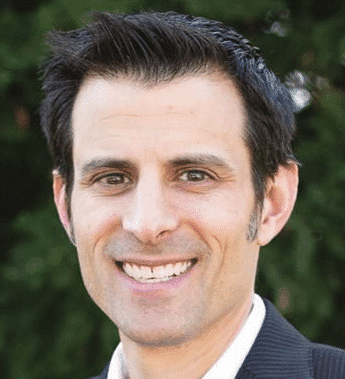
Speaker #2: Improving Energy Efficiency in Systems with Multiple Centrifugal Air Compressors
Mark Krisa, Strategic Account Manager, Ingersoll Rand
This presentation will cover the analysis and corrective actions implemented for two compressed air systems consisting of multiple centrifugal compressors. Both case studies will explain the original state of the system and post implementation results using collected data. Content will include charts and other graphics to summarize operational changes and quantified results.
Mark Krisa is Strategic Account Manager at Ingersoll Rand. A graduate with a degree in engineering science from the University of Western Ontario in Canada, Mark has worked in the compressed air industry for over 30 years. His experience in the industry is diverse ranging from compressor service technician through engineering, compressed air system auditor and product management. Mark has authored several papers and is a project member with CAGI, ISO and CSA.
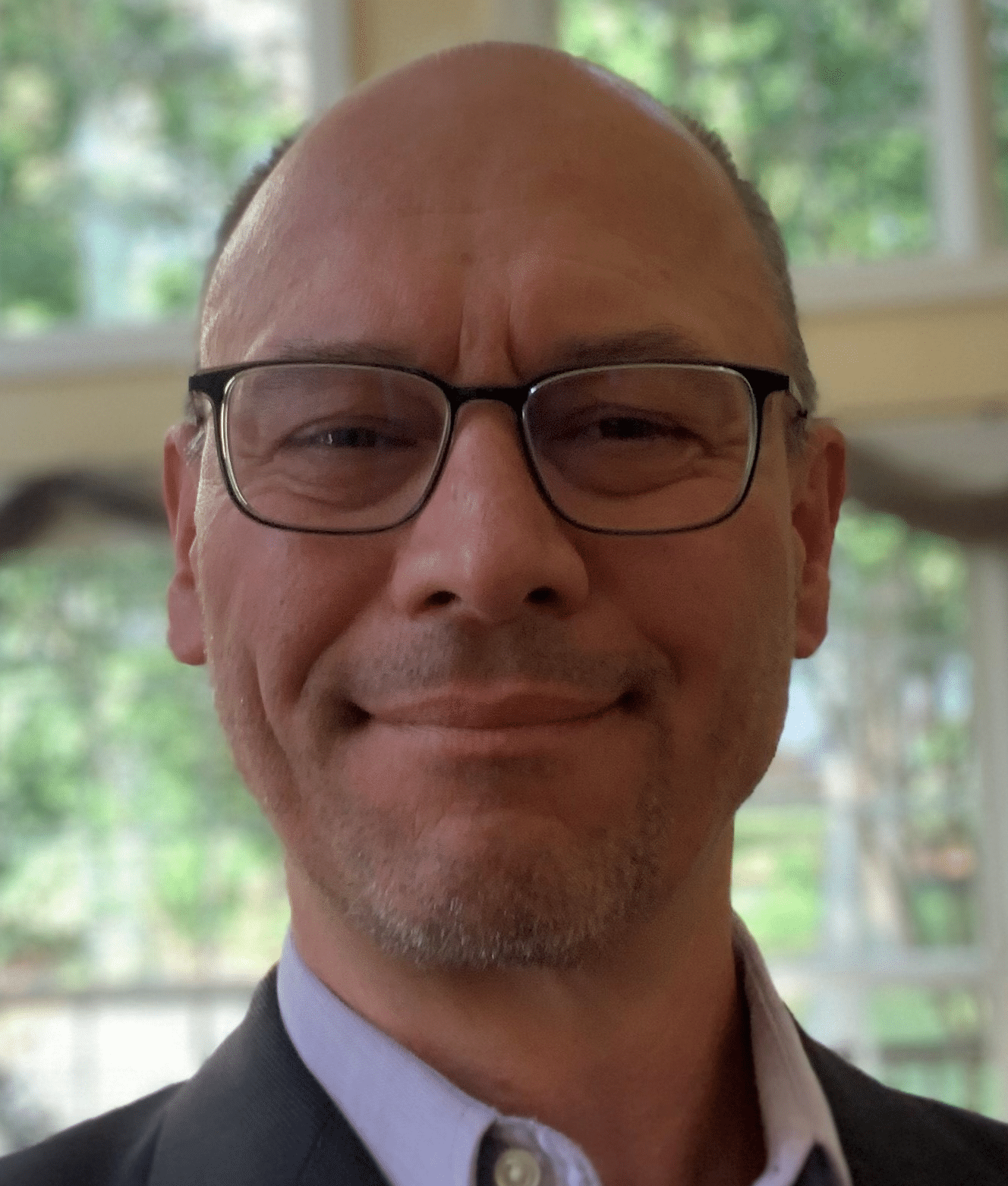
Speaker #3: Multi-Plant Campus Supply & Demand System Optimizations
Frank Moskowitz, AIRScan Expert, Atlas Copco Compressors
Case Study #1: A multi-building manufacturing campus, with two separate but interconnected compressor rooms, was experiencing insufficient pressures, air leakage, control gaps and other issues. This presentation will cover the solutions that were implemented to stabilize operating pressure, improve reliability and reduce the systems’ carbon footprint following a system assessment.
Case Study #2: An aging compressed air system was not responding to demand and experiencing reliability and maintenance issues. In order to improve reliability and consolidate multiple compressed air applications throughout the campus, an assessment was performed to identify ideal solutions. This presentation will provide the implemented solutions, and the positive results.
Moskowitz has an extensive background with over 45 years’ experience in plant engineering. He has a degree in mechanical engineering and education, including the refrigeration, electrical, and plumbing trades. His specialty consists of Compressed Air Systems (oil-flooded and oil-free), vacuum systems, contaminate removal, system design and energy management. Moskowitz is a Compressed Air Challenge instructor for the Fundamentals and Advanced level of training, and an AIRMaster+ instructor. He is also Vice-Chair for ASME Standard EA-4-2010 “Energy Assessment for Compressed Air Systems”; and is a member of the ISO technical committee for Air Compressors and compressed air systems energy management; TC118/SC6/WG4.
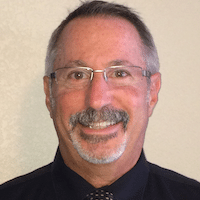
Speaker #4: Blower Technologies: Reducing Noise Emissions in a Bulk Process Facility
Jason Costigan, Director of Product Management, Gardner Denver
Case Study #1 Bringing Down the Volume: Large bulk process facilities require a great number of blowers to move material throughout their numerous pneumatic conveying systems. In this case study, a facility was using over 90 positive displacement blowers to move milled limestone throughout the plant which can mean high levels of noise generated from the blowers. For plant employees, a quieter solution meant a safer and more comfortable work environment. This presentation will cover the design solutions that were implemented to reduce noise levels to make a more comfortable work environment for employees.
Case Study #2 Turndown and Long-Term Energy Consumption: Blower efficiency is a top priority during the design of a wastewater treatment plant, specifically its aeration equipment. Aeration generally accounts for 50 to 60% of the energy consumption at a treatment plant. Optimizing the efficiency of blower performance by accommodating inevitable changes in flow is essential for controlling energy costs. This presentation will include the different types of blower technology required for efficient turndown in wastewater applications.
Costigan is Director of Product Management at Gardner Denver. He graduated with an MBA from Quincy University in Quincy, IL. Costigan has worked in the blower industry for over 15 years. His experience in the industry is diverse ranging from focus on transport blowers, industrial blowers, and blowers used in the wastewater industry. Costigan is currently serving as Vice-Chair of the blower and vacuum section of CAGI.
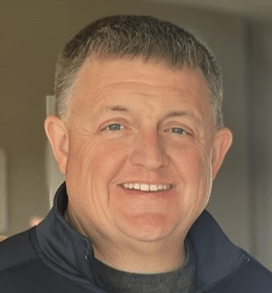
At the end of this session, please join us for a coffee break sponsored by Hitachi Global Air Power, followed by the Opening Session at 10:15 am, Ballroom ABE
Wednesday, October 30th – 8:00 – 10:00 AM
Session #2: Expert Panel Discussion
How to Design Compressed Air Systems Compliant with the ASHRAE 90.1 Commercial Building Energy Code
Panel Moderator: Paul L. Baker, PE, Senior Mechanical Engineer, Jacobs
- Section 1 – Air Compressor Part-Load Control and Efficiency, Options 1 & 2: Neil Mehltretter, Technical Director, Kaeser Compressors
- Section 2 – Energy-Saving Controls for Systems with 3+ Air Compressors (total input power ≥150 hp): Tim Dugan, PE, President, Compression Engineering Corporation
- Section 3 – Compressed Air Energy and Demand Monitoring System-KPIs to Measure and Data Log (total input power ≥150 hp): Martin Zeller, General Manager, CS INSTRUMENTS USA
- Sections 4 & 5 – Compressed Air Piping System Leak Testing and Sizing Specifications: Paul L. Baker, PE, Senior Mechanical Engineer, Jacobs

Paul L. Baker, PE, LEED AP BD+C, CPD, GPD



Panel Discussion Reference Article: ASHRAE 90.1 Brings New Requirements to Compressed Air System Design.
At the end of this session, please join us for a coffee break followed by the Plenary Session at 10:15 am, Ballroom ABE
Thursday, October 31th – 8:00 – 10:00 AM
Session #3: Designing System Automation and Control Strategies for Compressed Air and Cooling Systems
Chair: Clayton Penhallegon Jr., Principal, Integrated Services Group
Speaker #1: Designing System Automation for Chillers, Cooling Towers and Pumps
Clayton Penhallegon Jr., Principal, Integrated Services Group
Cooling systems have an extremely wide variety of configurations, ranging from relatively simple single loop, single temperature systems to designs with multiple interconnected and interacting sub-systems. Achieving the highest operating performance and efficiency levels requires automation that leverages the different capabilities and limitations while also minimizing the operator input required. The presentation will discuss techniques for realizing these seemingly contradictory goals without excess complexity or cost.
Mr. Penhallegon is the managing member of Integrated Services Group, which provides process cooling water system operational effectiveness and cost reduction consulting services and project implementation for manufacturing facilities. Penhallegon has worked for nearly 30 years with various industries including plastics, paper, wood products, metal containers, textiles, and others performing a broad range of activities spanning efficiency measure identification, capital appropriation assistance, system design and project implementation oversight, controls integration and start-up, and utility rebate documentation and verification. He holds a Bachelor of Mechanical Engineering from Georgia Tech, an MBA from Georgia State University, and is a registered PE in Georgia.

Speaker #2: The New Era of AI-Powered Predictive Maintenance and Energy Optimization for Chilled Water Plants
Alan Zurakowski, Senior Vice President, Shift Energy
Artificial Intelligence, particularly Machine Learning, is changing the game in chilled water plant operations by offering unparalleled levels of predictive maintenance and energy efficiency. Used effectively, this rapidly evolving technology is dramatically boosting chilled water plant performance by analyzing the interdependent function of complex chiller components and making real-time maintenance recommendations – reducing downtime and wear and tear on equipment while cutting energy consumption and carbon emissions. This session will separate hype from reality and provide attendees with a clear understanding of how AI will transform chilled water plant operations and maintenance in the coming years.
Alan Zurakowski has more than 30 years of technology and business experience in HVAC, cloud services and telecommunications. As a top executive at HVAC optimization company SHIFT Energy, he is helping pioneer the use of Machine Learning to boost the performance of chiller plants. A former CEO of HyAlto, he has also held senior roles with Mitel, Nortel and Bell.
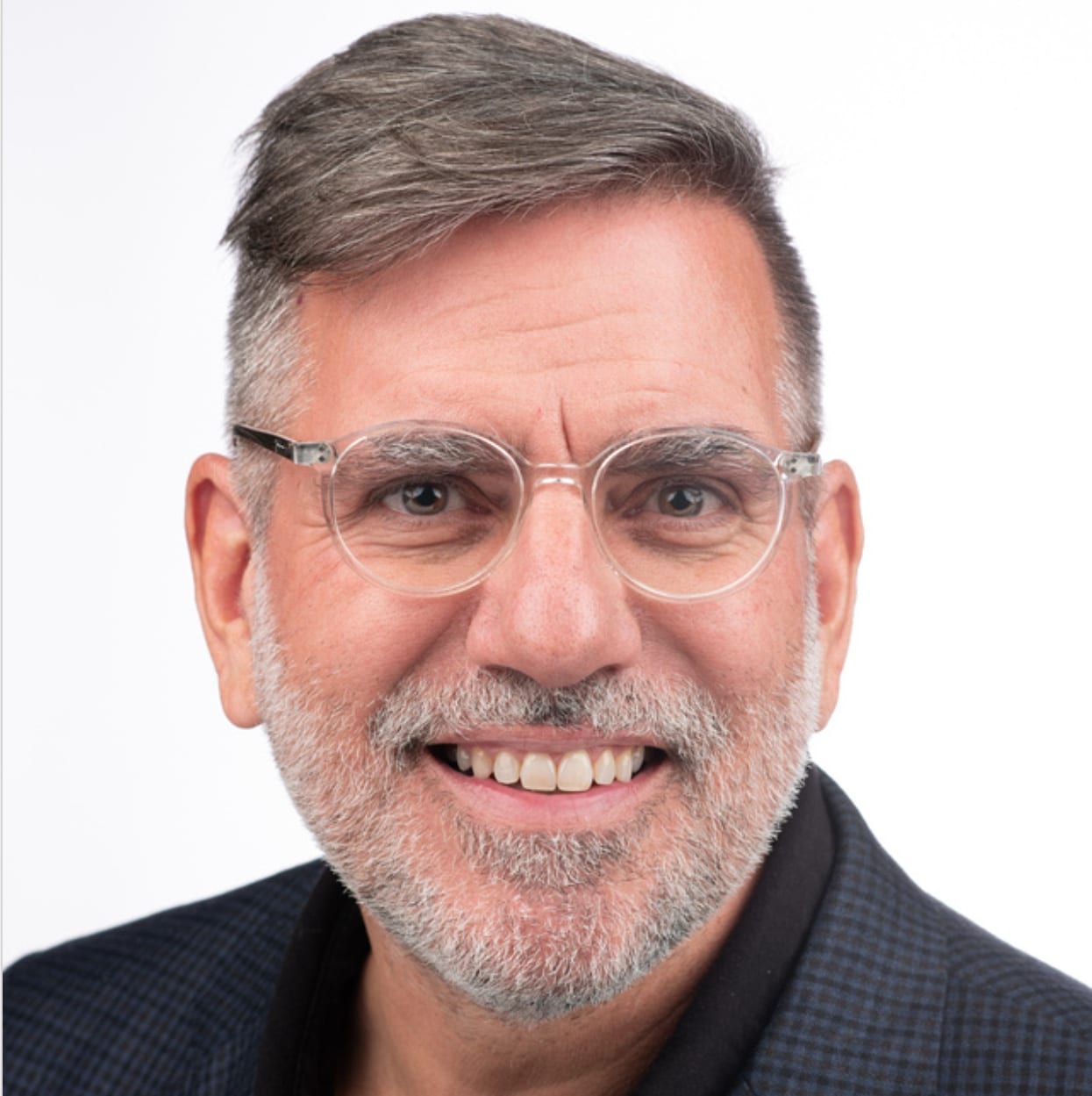
Speaker #3: Leveraging Analysis Tools to Optimize Your Cooling System Design
Troy Reineck, Business Development Manager, EVAPCO
Evaporative, Hybrid, Adiabatic, Dry: With so many heat rejection options, water and energy analysis tools are critical during the design phase to optimize the design of the entire cooling system. This information is invaluable for sizing storage tanks, understanding free cooling operation, estimating chiller power consumption, and selecting the best equipment for the project.
Troy has been with EVAPCO since 2007 and is currently the EVAPCO Professor, and Business Development Manager. Prior to his current role, Troy has held internal positions in Open Cooling Towers, in Closed Circuit Coolers, and in the Replacement Market. He also has sale experience with a HVAC Sales & Service Representative firm in Boston, MA. Prior to Troy’s time with EVAPCO, he has held positions in Design, Manufacturing, and Sales Engineering in the Automotive industry. He earned a BSME from GMI Engineering & Management Institute.
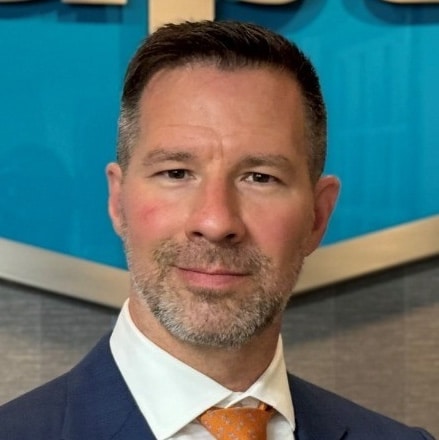
Speaker #4: Leveraging Analysis, System Automation, and Control Strategies to Balance Compressed Air Supply & Demand
Tom Taranto, President, Data Power Services
Balancing Compressed Air Supply to match Productive Compressed Air Demand is key to stable performance with optimum efficiency, productivity, and reliability. Analytical tools range from system wide performance measurement to edge computing applications characterizing individual, manufacturing, or process cells. These data provide essential metrics for design of compressed air storage systems including; pipeline size, air receiver volume, and refill control strategies.
Tom Taranto, President of Data Power Services, LLC is an independent fluid power system professional with more than 45 years of experience. He has extensive experience in design and application of fluid power systems both hydraulic and pneumatic. Compressed Air Challenge (CAC) qualified instructor, and instructor for Qualified AIRMaster+ Specialist training. Tom is Chair and team member for ASME Standard EA-4-2010 “Assessment for Compressed Air Systems”. Tom has authored compressed air articles, and peer reviewed conference proceedings. He is published both nationally as contributor to Encyclopedia of Energy Engineering and Technology, Taylor & Francis Group; and internationally as UNIDO Compressed Air Expert co-author and co-trainer for UNIDO Motor System Energy Conservation Program.
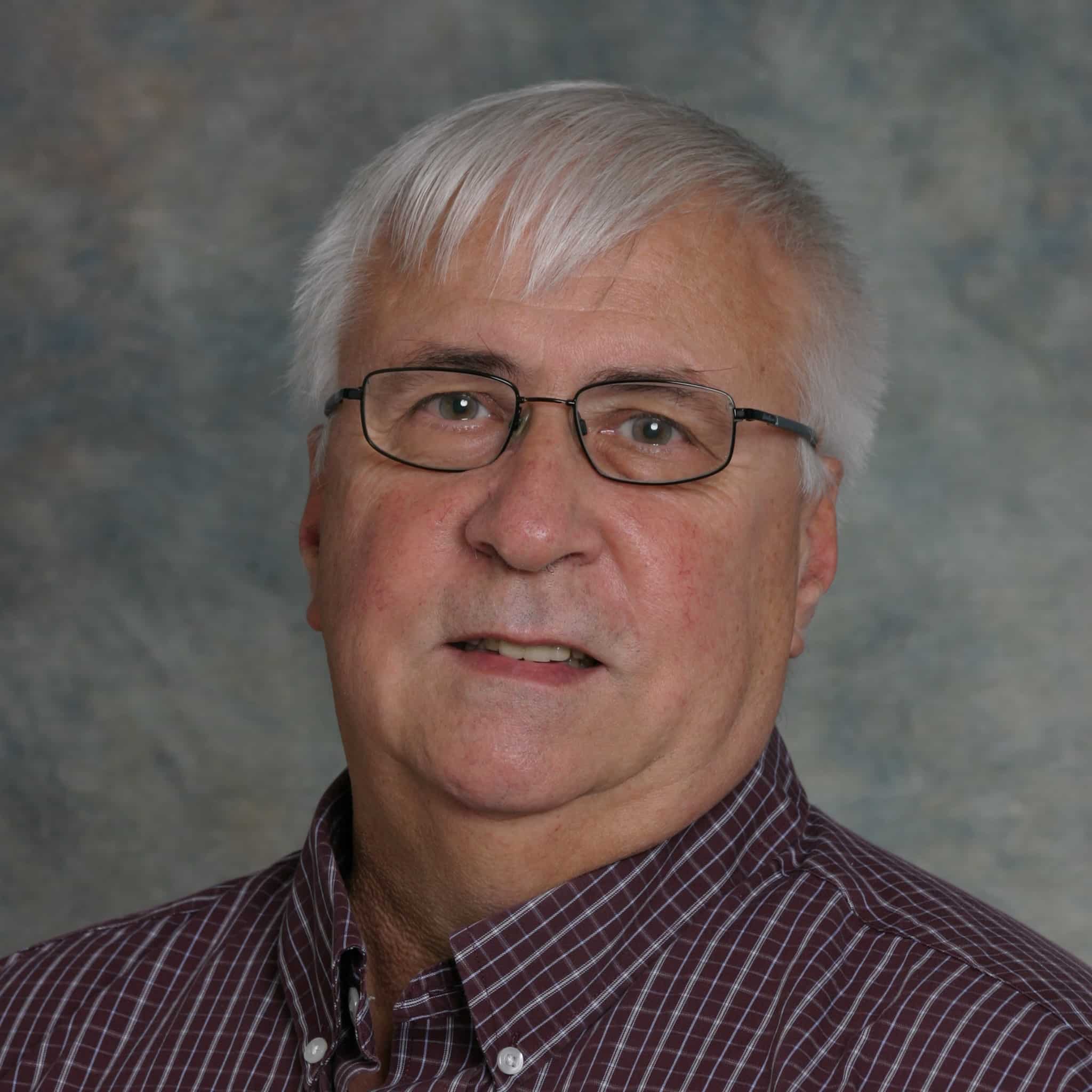
Thursday, October 31th – 10:15 AM – 12:15 PM
Session #4: Upcoming DOE Regulations on Air Compressor Efficiency – What to Know
Chair: Bruce McFee, President, Sullivan-Palatek
Speaker #1: Department of Energy 2025 Regulation of Rotary Air Compressor Isentropic Efficiency
Bruce McFee, President, Sullivan-Palatek
The U.S. Department of Energy (DOE) has established energy conservation standards for certain compressors, including rotary screw air compressors – going into effect January 10, 2025. In some environmentally conscious states such as California, Colorado, Washington and Vermont, these standards were already adopted. These standards set minimum efficiency levels that these types of compressors must meet to comply with energy conservation requirements.
Bruce McFee is President and CEO of Sullivan-Palatek, Inc., and Saylor-Beall Manufacturing Company. He is a Member of the Compressed Air & Gas Institute (CAGI) Board of Directors, and has previously chaired the CAGI Reciprocating, Rotary and Portable section committees. Bruce has been with Saylor-Beall since 1985, and with Sullivan-Palatek since 1998.
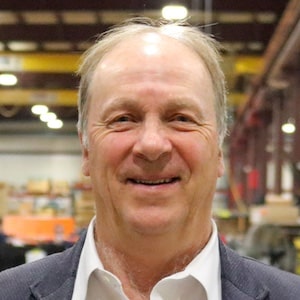
Speaker #2: Nuts and Bolts of the DOE Efficiency Regulations for Air Compressors
Daniel Nichols, Business Line Manager – Reciprocating and Rotary Products Under 40HP, Quincy Compressor
The DOE air compressor efficiency regulations may sounds simple, but they are anything but. Learn the details regarding the DOE energy conservation requirements and what companies must do to comply with the regulations. We’ll take a deep dive into different methods of complying, the online database, what is required to list covered equipment, and more.
Daniel Nichols has over 15 years of experience in the compressed air industry, currently serving as Business Line Manager – Reciprocating and Rotary Products <40HP at Quincy Compressor. He spent 8 years as R&D Lab Manager for Quincy overseeing the implementation of DOE test data compliance. He has an extensive background in engineering, and holds a Bachelor of Mechanical Engineering from The University of Alabama. Nichols is currently Vice-Chair of the Reciprocating section of the Compressed Air & Gas Institute, as well as serving on Rotary and Reciprocating Engineering sub-committees.

Speaker #4: Q&A Session on DOE Regulations on Air Compressor Efficiency
Moderated by the Compressed Air & Gas Institute
TRACK 2: On-Site Utility Reliability, Safety and Quality (Room 105)
Tuesday, October 29th – 8:00 – 10:00 AM
Session #1: CTI Seminar – Cooling Towers in Industrial Plants
Chair: Frank Foster, CTI Membership Committee Chair
Speaker #1: Sustainability and Reliability for Cooling Towers
Gary Stauffer, Aftermarket Key Account Manager, SPX Cooling Tech
Gary’s presentation will cover how evaporative cooling products help users achieve their sustainability goals of minimizing energy and water use through product selection and operation. Selection of materials of construction, mechanical equipment and heat exchange media to promote reliability will also be discussed.
Gary has done numerous presentations to engineers, architects and contractors on the subject of cooling towers and their application to HVAC and Industrial projects. Gary holds a BSME in Mechanical Engineering from University of Missouri – Kansas City. His cooling tower career spans 20 years in various roles including Mechanical Components Designer, Technical Services Engineer, Applications Engineer and Sales Engineer. Gary is currently handbook chair of ASHRAE’s Technical Committee for Cooling Towers and Evaporative Condensers (TC8.6).
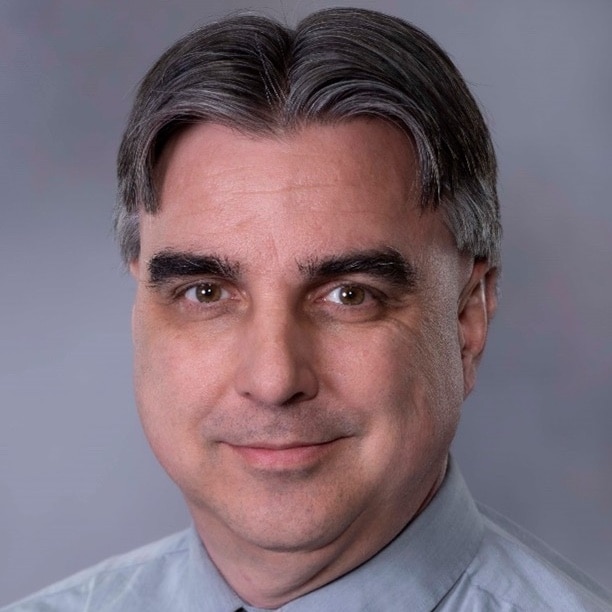
Speaker #2: Rx: Re-Energizing Your Cooling Tower with Performance, Quality & Savings
Bill Miller, PE, Managing Partner, L S Enterprise
Cooling towers lose efficiency over years due to multiple factors such as the buildup of scale and/or fouling and the deterioration of various components due to age, wear, and tear. Loss of cooling efficiency drives up energy costs when the cooling tower fan runs more often at full power trying to meet the set point and when downstream equipment, such as a chiller, receives inlet water that is warmer than design. Wet cooling towers benefit from the thermodynamic advantages of evaporative cooling vs (dry) air cooling, but degraded drift eliminators and inlet louvers can waste water if it escapes from the tower. When it comes time to replace components, tower owners have choices and options to satisfy their requirements of performance, quality, and cost savings. The presentation focuses on fills, drift eliminators, and louver products used in modern tower repairs when discussing these factors.
Bill Miller is a Managing Partner of L S Enterprise LLC and is a licensed Professional Engineer in the Commonwealth of Pennsylvania. Bill has been in the cooling tower industry for over 25 years, having worked at Brentwood Industries for over 20 years, ending as their Director of Application Engineering in charge of all global cooling tower technical concerns and all corporate R&D functions. Bill has a Bachelor of Science in Aerospace Engineering from the Pennsylvania State University, is a member of Tau Beta Pi, the National Engineering Honor Society, and has presented multiple papers at Cooling Technology Institute (CTI) and Electric Power Research Institute (EPRI) conferences. He is currently Vice-Chair of CTI’s R&D Committee.
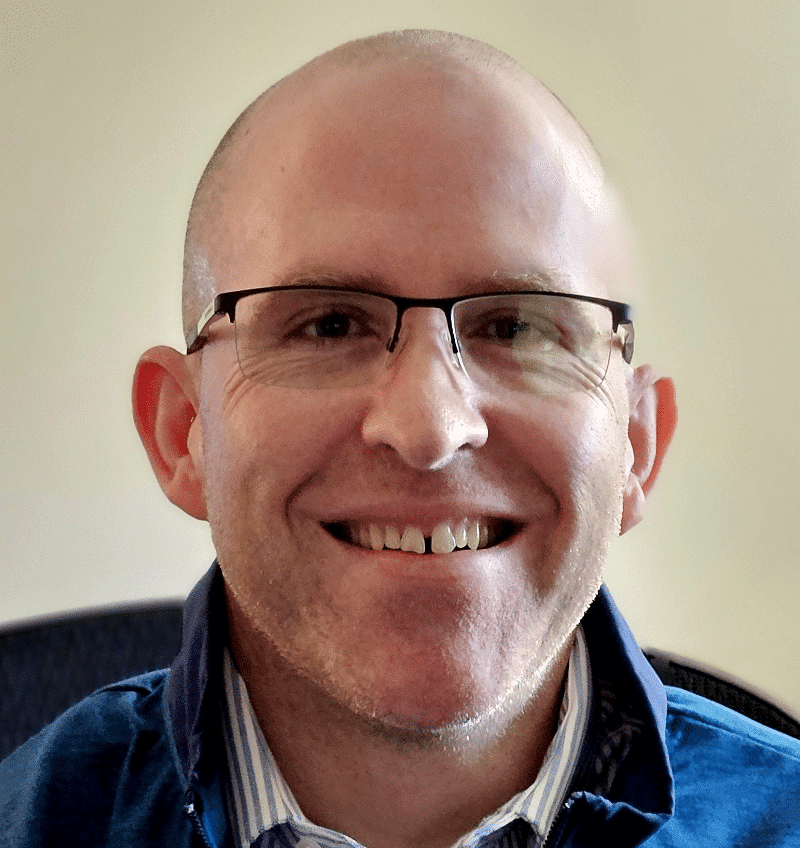
Speaker #3: Cooling Tower Water Reuse
Jon Cohen, Digital Innovation Fellow for Buckman Chemical
Jon Cohen will cover treated municipal wastewater as a viable makeup water source for a cooling tower.
Jon has been involved in water treatment for over 30 years, covering laboratory, R&D, sales, equipment, technical consulting, and management. He has been the Technical Director for regional water treatment companies and led large teams in biocides and equipment for a larger company. He is an active participant in trade organizations, serving as a past BOD member at the CTI and participating in the drafting and subsequent adoption of numerous standards and guidelines, including ASHRAE/ANSI 188. Jon holds a bachelor’s degree in biology, master’s in chemical engineering, and an MBA. He is also accredited with LEED AP. Jon is currently a Digital Innovation Fellow at Buckman Chemical. Jon lives in Naperville, IL with his wife, daughter and three dogs. He loves to travel with his family and play golf and tennis. Jon is also active in Leadership and mentoring programs through Sigma Chi and Northern Illinois University.
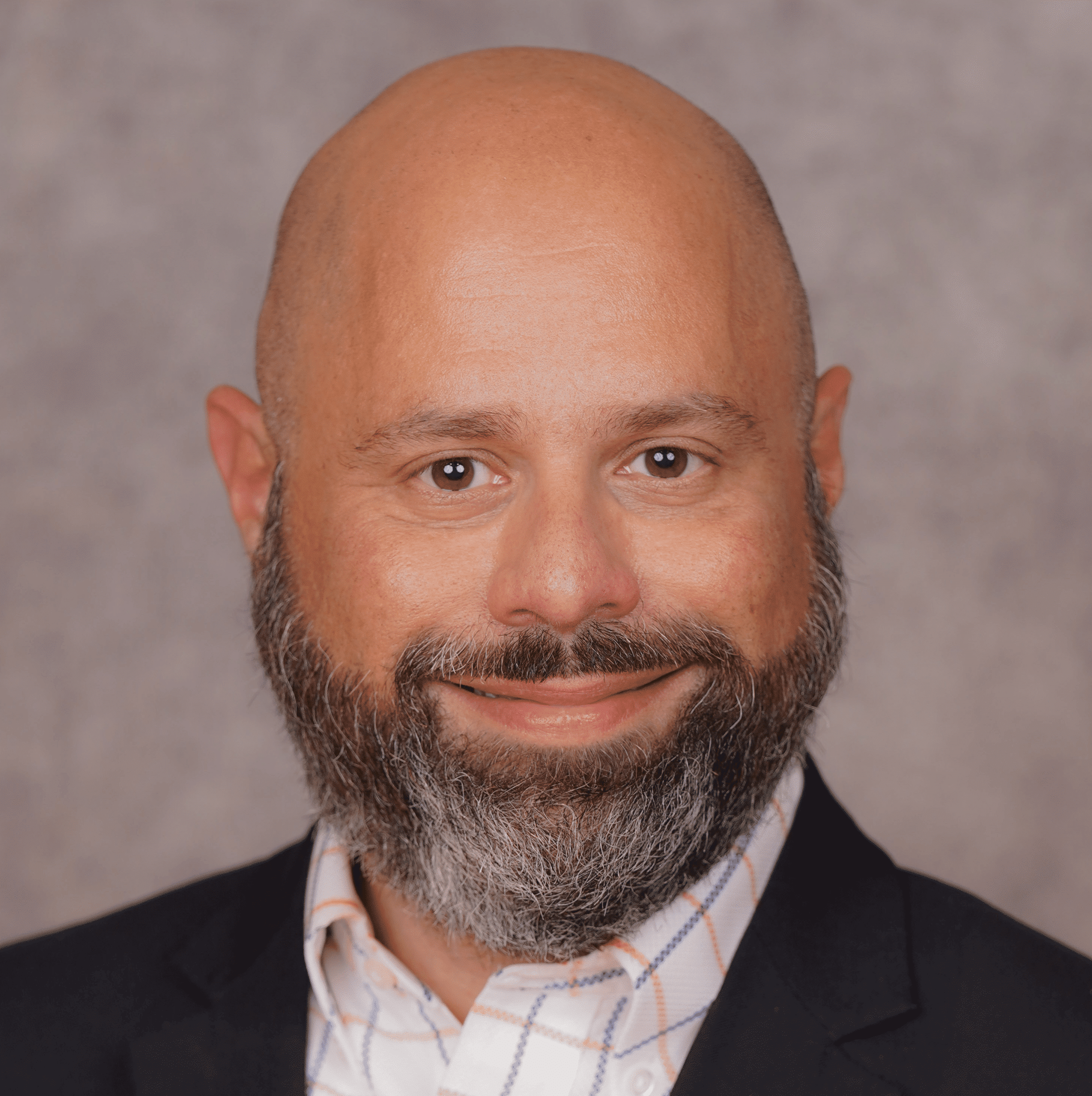
Speaker #4: Save Time and Money with Closed Loop Cooling Solutions
Jason Heilbrunn, Applications Lead – Industrial, Baltimore Aircoil Company
Learn how clean, closed loop heat rejection systems can benefit your facility. Several alternatives to close the loop will be explored, including open cooling tower & heat exchanger combinations, closed-circuit cooling towers, and dry and adiabatic designs.
Jason holds a BS in mechanical engineering from Syracuse University and an MBA in finance from Loyola University of Maryland. He began his career as a Mechanical Design Engineer for a major engineering consulting corporation before accepting a position with BAC. Jason has held various roles within BAC including Aftermarket Engineer and Sales & Applications Engineer. In his current role as the Industrial Applications Lead, he manages the Industrial Applications group to ensure that all light and heavy industrial customers receive the highest level of technical support. Jason has given numerous presentations to engineers and end users for a variety of applications in the HVAC and Industrial spaces.
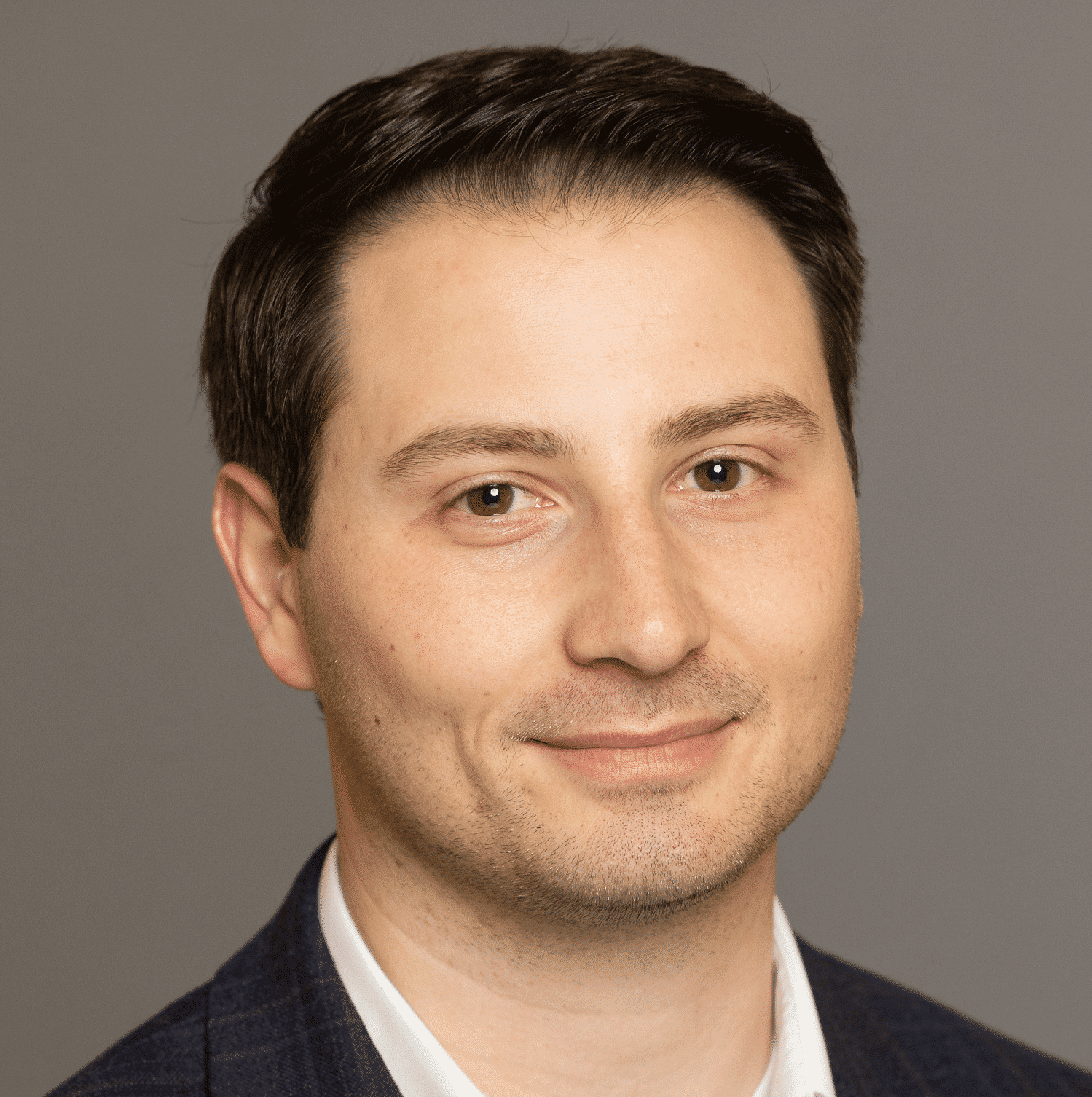
At the end of this session, please join us for a coffee break sponsored by Hitachi Global Air Power, followed by the Opening Session at 10:15 am, Ballroom ABE
Wednesday, October 30th – 8:00 – 10:00 AM
Session #2: Verifying Food-Safe Compressed Air & Cooling Systems
Chair: Chad Larrabee, Vice President, Engineered Air and Gas, Ingersoll Rand – NA Compression Systems and Services
Speaker #1: Can Plant Utilities Create Conditions that Cause Pathogen Contamination of Foods?
Dr. Rocelle Grabarek, Technical Director, Grab Food Safety Consulting
It is widely recognized that the presence of moisture and nutrients can support the growth of microorganisms in the plant environment. When conditions are optimum, growth of yeasts and/or molds can result in economic loss due to spoilage; while disease-causing microorganisms (pathogens) that can cause foodborne illness such as, diarrhea, vomiting, kidney failure or even death. Contamination (recontamination) of foods with these pathogens, however, continues to occur and has led to numerous recalls and outbreaks. Is recontamination due to poorly maintained engineering systems, or perhaps due to limited understanding of the sanitation needs of these utilities by the plant quality team? Learn about the common environmental pathogens in a food plant, particularly Salmonella and Listeria monocytogenes, identify mitigation steps to prevent contamination and establish robust recommendations to prevent these plant utilities from becoming a source of contamination.
Dr. Rocelle C. Grabarek has over 25 years of food safety experience in a broad range of human, infant formula and pet food industry. She received her M.S. and Ph.D. in Food Science from the University of Georgia. She has developed and conducted customized training in HACCP, Sanitation, Environmental Monitoring Programs, Micro Laboratory Methods, and Ingredient/Product Specifications, and Designing Challenge and Process Validation Studies. In addition, she had performed troubleshooting activities and identified mitigation strategies of spoilage and pathogen contamination events, globally. She has received HACCP, FSSC 22000, FSMA PCQI, FSSC 22000, and FSVP certifications. She is an active member of the International Association for Food Protection (IAFP), where she had organized and convened symposia, roundtables and/or workshops since 2016. She currently serves as technical expert for ISO ANSI TC 34/SC 9.
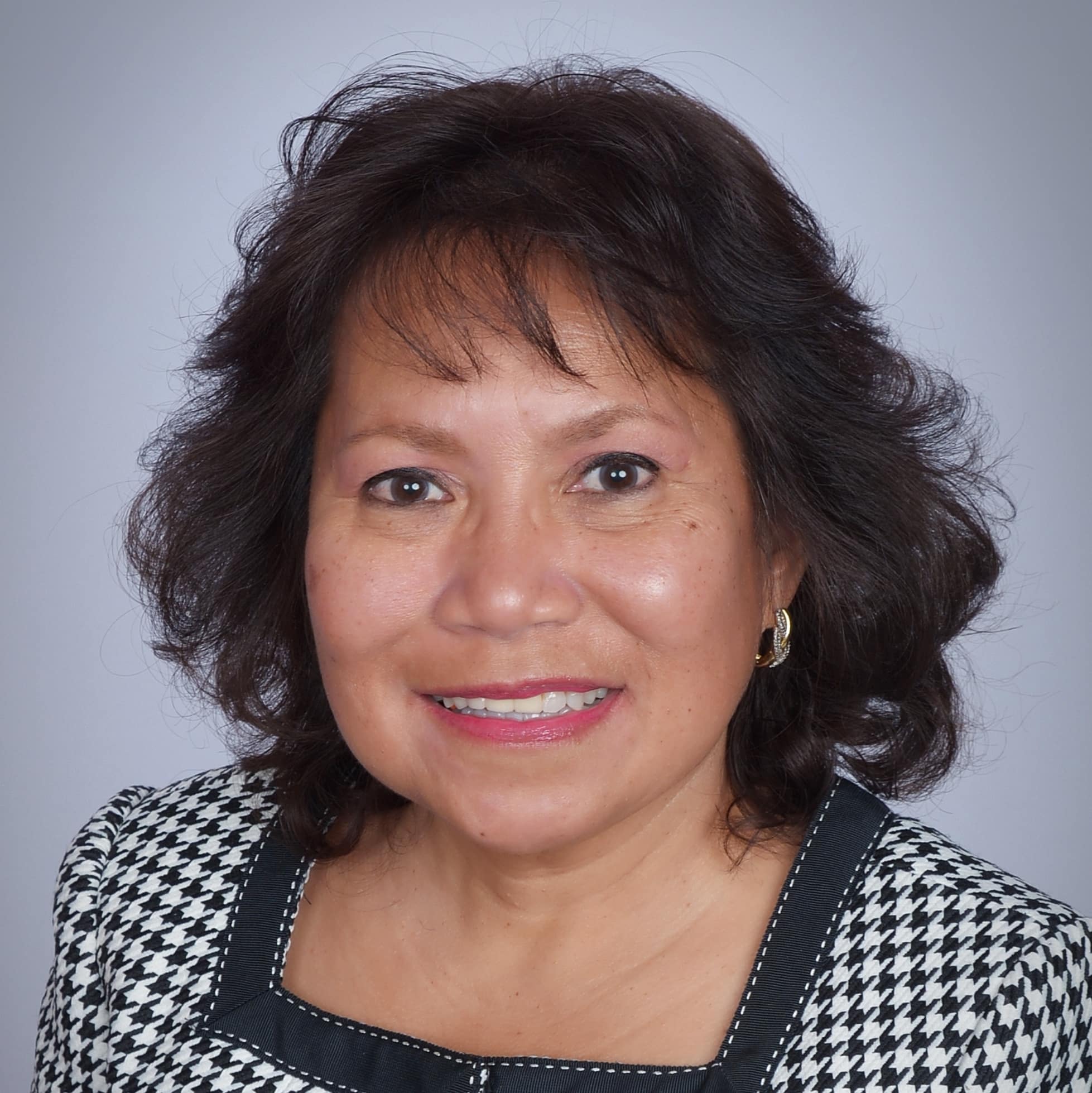
Speaker #2: The Critical GAP Between ISO Standard 8573-1 and Best Practice
Jan Hoetzel, Managing Director, SUTO iTEC
The need for air quality monitoring based on ISO 8573-1 standards is crucial for ensuring the quality of compressed air in various industries. In this breakout session we’ll briefly review the ISO standard classes, focusing on the significance of meeting quality requirements for particulate, moisture, and oil content in compressed air. While ISO 8573-1 standards mandate periodic laboratory testing, this mandate provides only a snapshot of the system’s air quality. The challenges of meeting ISO 8573 requirements with periodic sampling and emphasizing the potential risks of non-compliance will be demonstrated. Furthermore, we’ll present a case study illustrating how continuous monitoring has helped a pharma company achieve and sustain ISO 8573 compliance. The methodology section explains how continuous monitoring systems offer real-time data and alerts, aiding in meeting the stringent requirements of ISO 8573-1 – 24/7.
Jan is experienced in compressed air with a focus on monitoring and automation. Jan earned the GACC Energy Efficiency Challenge Award in 2016 with a compressed air improvement project at Herman Miller of Zeeland, Michigan. In 2017, ComEd in Chicago, IL awarded special recognition to Jan and paid $177,000 in incentives to Chicago Heights Steel for reducing energy costs by 70%, equivalent to more than 2.5 million kWh per year. Through both his management background and hands-on experience in the compressor room, Jan knows how to drive sustainable high dollar energy efficiency improvements through your organization. Jan is a Compressed Air Challenge Level 1 Instructor, and holds a degree in Industrial Engineering and Management from University of Applied Sciences in Karlsruhe. He is also a German tool and die maker.
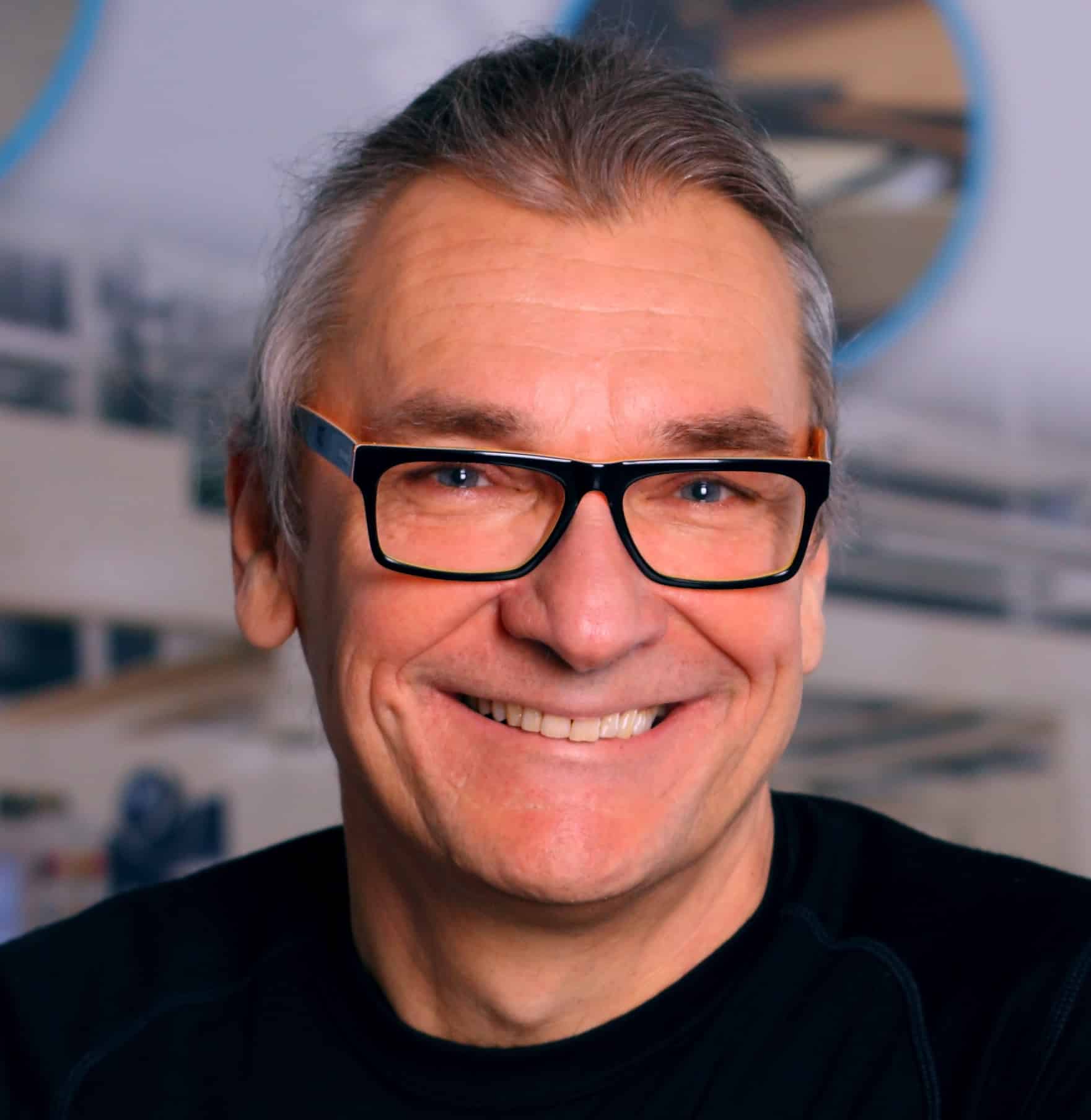
Speaker #3: Cooling Water Treatment for Biofilm to Increase Chiller Efficiency and Kill Legionella Bacteria
Loraine Huchler, President, MarTech Systems
Biofilm is a hidden cause of loss of heat transfer efficiency in heat exchangers and chillers. Very few water treatment suppliers measure the bacteria in the biofilm, and it’s difficult to control biofilm by feeding biocides because the water treatment supplier must estimate the chemical feed schedule. There are new methods to measure biofilm that provide feedback control, improving the removal of biofilm and restoring the lost heat transfer efficiency. Minimizing biofilm also deprives Legionella bacteria from reproducing because this bacteria requires a higher life form such as an amoeba that exists in the biofilm.
Loraine Huchler is the founder and president of MarTech Systems, Inc., a consulting firm that assesses and manages risk in water-related utility systems. Services optimize the water systems in influent, steam, and cooling systems in industrial and manufacturing facilities and large-scale corporate and university campuses. She serves as an expert witness in patent infringement and equipment failure litigation. Ms. Huchler is a member of the Cooling Technology Institute (CTI) and serves as chair of several committees creating water treatment guidelines. She has a Bachelor of Science degree in Chemical Engineering from the University of Rochester, is licensed as a Professional Engineer, and has earned the accreditation of Certified Management Consultant® (CMC®).
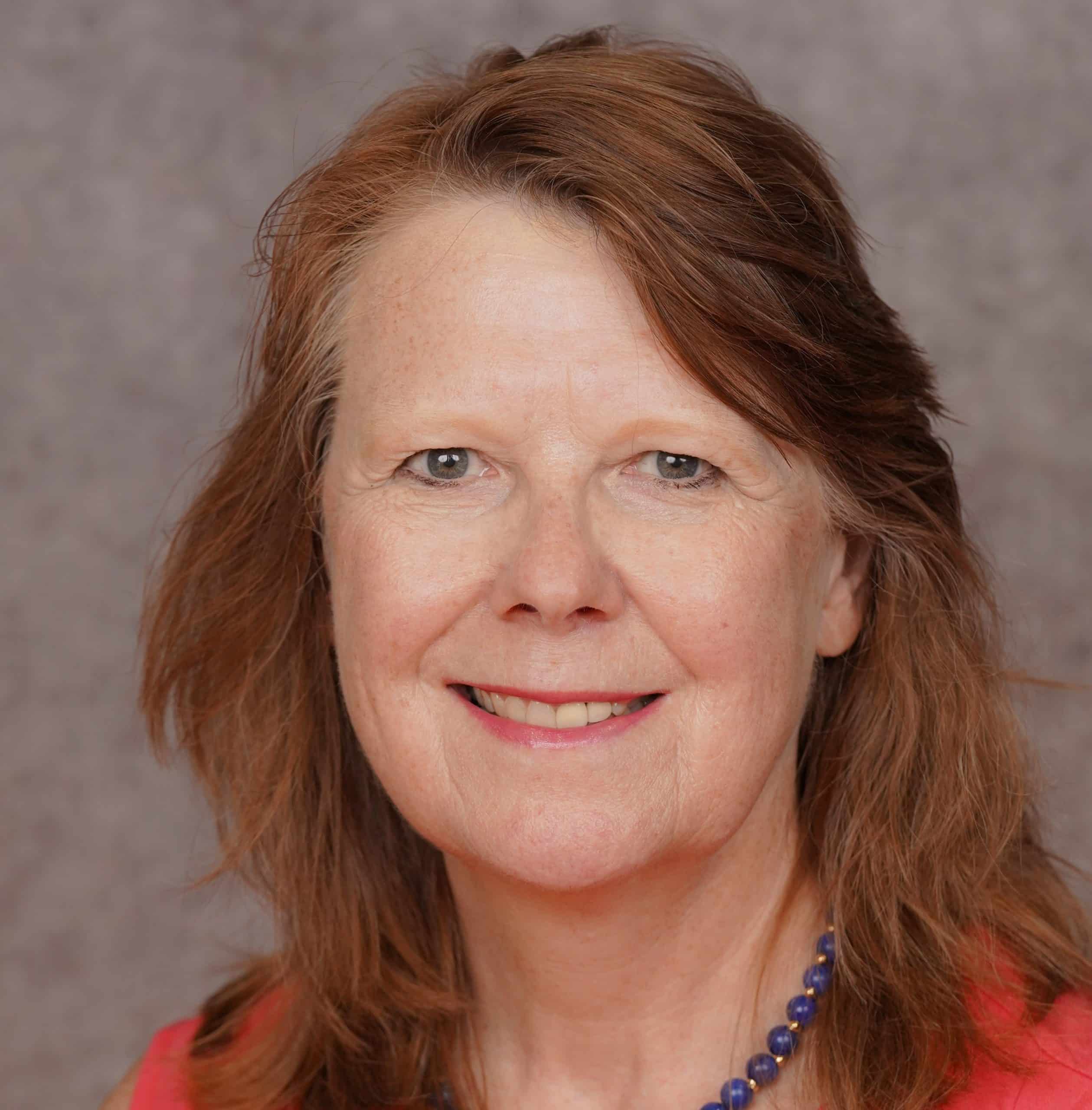
Speakers #4: Is Your Compressed Air Safe to Eat? Exploring Regulation and Risk in Food-Safe Compressed Air
Nikki Smith, Air Quality Leader, Trace Analytics and Chad Larrabee, Ingersoll Rand
When compressed air comes into contact with food products or packaging, any contaminants carried with it become an ingredient in that food product. While this is easy to understand in concept, identifying and assessing the risk those contaminants bring can be a challenge. This discussion will explore ways to understand the impact compressed air has on food safety while navigating applicable food safety standards and requirements.
Nikki Smith, Air Quality Business Leader at Trace Analytics, the world’s foremost laboratory in compressed air quality testing. For six years, she focused on continuous improvement of laboratory processes and technologies as Quality Director, before becoming the business leader in 2019. As business leader, she oversees all aspects of laboratory operations, strategy, and development.
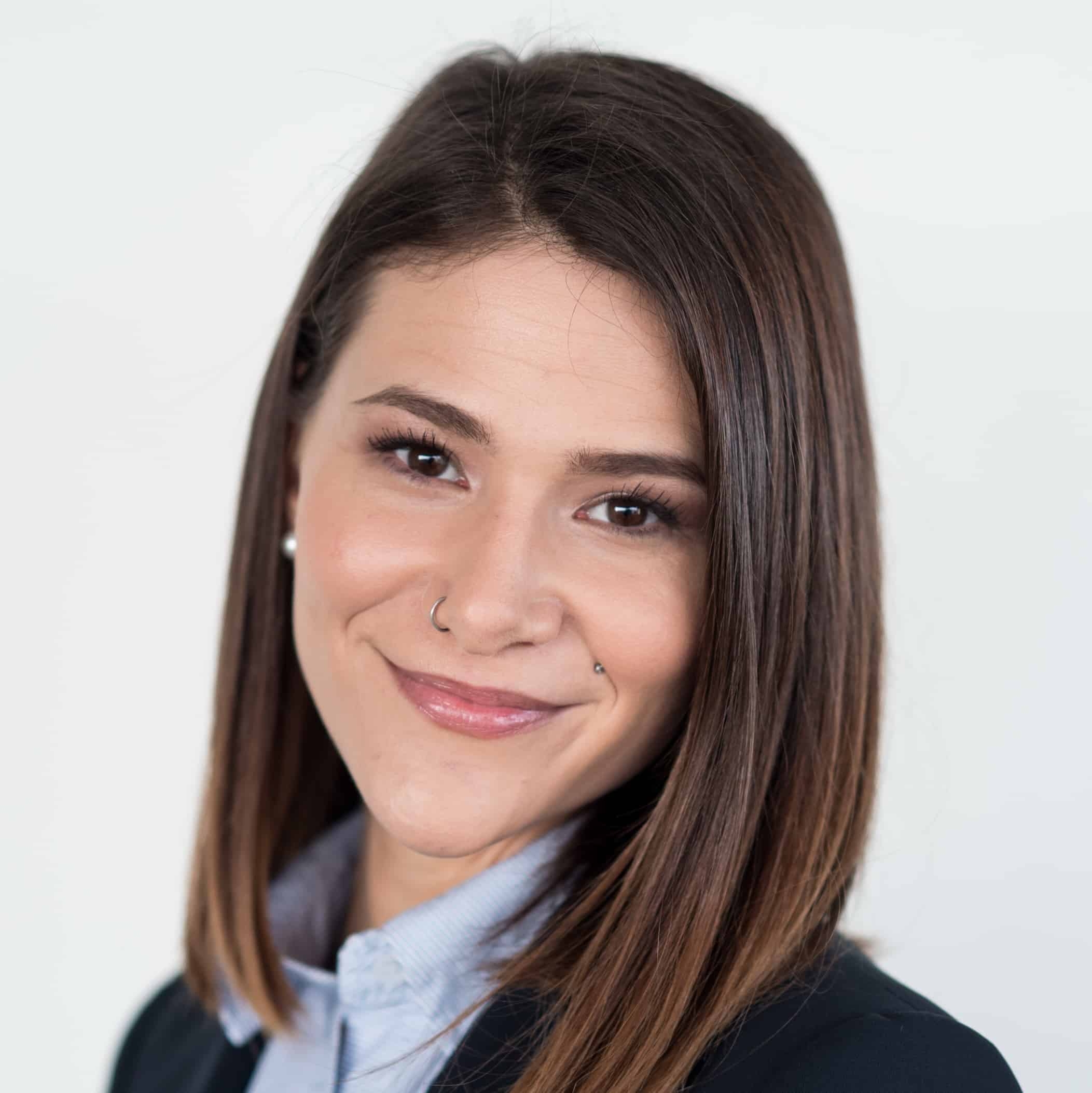
Chad Larrabee is Vice President, Engineered Air and Gas, for Ingersoll Rand – North America Compression Systems and Services. He also serves as the Education Committee Chair for the Compressed Air & Gas Institute. Larrabee has over 30 years of experience in the compressed air industry.

At the end of this session, please join us for a coffee break followed by the Plenary Session at 10:15 am, Ballroom ABE
Thursday, October 31st – 8:00 – 10:00 AM
Session #3: Using Technology to Enhance System Reliability in Production Areas
Chair: Josh Wamser, Owner, Industrial Compressor Solutions
Speaker #1: Permanent Monitoring Strategies for Compressed Air Demand Side Reliability
Josh Wamser, Owner, Industrial Compressor Solutions
Explore how leak load, over-pressurization, and process equipment failures can affect the overall reliability of your plant’s compressed air system. Calculate near-immediate financial returns, while gaining the peace of mind that only permanent demand-side monitoring can deliver.
I am the owner of 3 companies in the compressed air industry. I spend the majority of my free time auditing plants and training. I’m an OSHA-30 certified NASCLA General Contractor, Construction/ Project Manager, Commercial Plumber, and Mechanical Contractor. I’m a Veteran of both the Navy (MMN) and the Marines (infantry). I am also a proud husband and father.

Speaker #2: The Truth Uncompressed. Real World Flow Measurements
Menno Verbeek, Sales Director, VPInstruments
Discover the critical role of accurate measurements in compressed air systems, crucial for operational efficiency in manufacturing. This presentation delves into the importance of specific power metrics, effective sensor selection, and the installation nuances that can drastically influence system performance. Learn about the significant impact environmental conditions have on compressor efficiency and how regular maintenance and calibration are key to maintaining accuracy and reliability of your instrumentation. Join us to gain actionable insights to ensure your measurements lead to actual energy savings, cost savings and improved production performance for your plant.
Menno Verbeek is Sales Director of VPInstruments and an expert on compressed air monitoring systems project management. Menno has built his career in the technical industry and has more than 10 years of experience in flow measurement, compressed air monitoring and industrial energy management. Menno believes that 80-90% of compressed air saving opportunities are to be found outside of the compressor room. He believes that supply side projects like adding new compressors (fixed or VSD) or implementing controls system should always come after a thorough demand side reduction process.
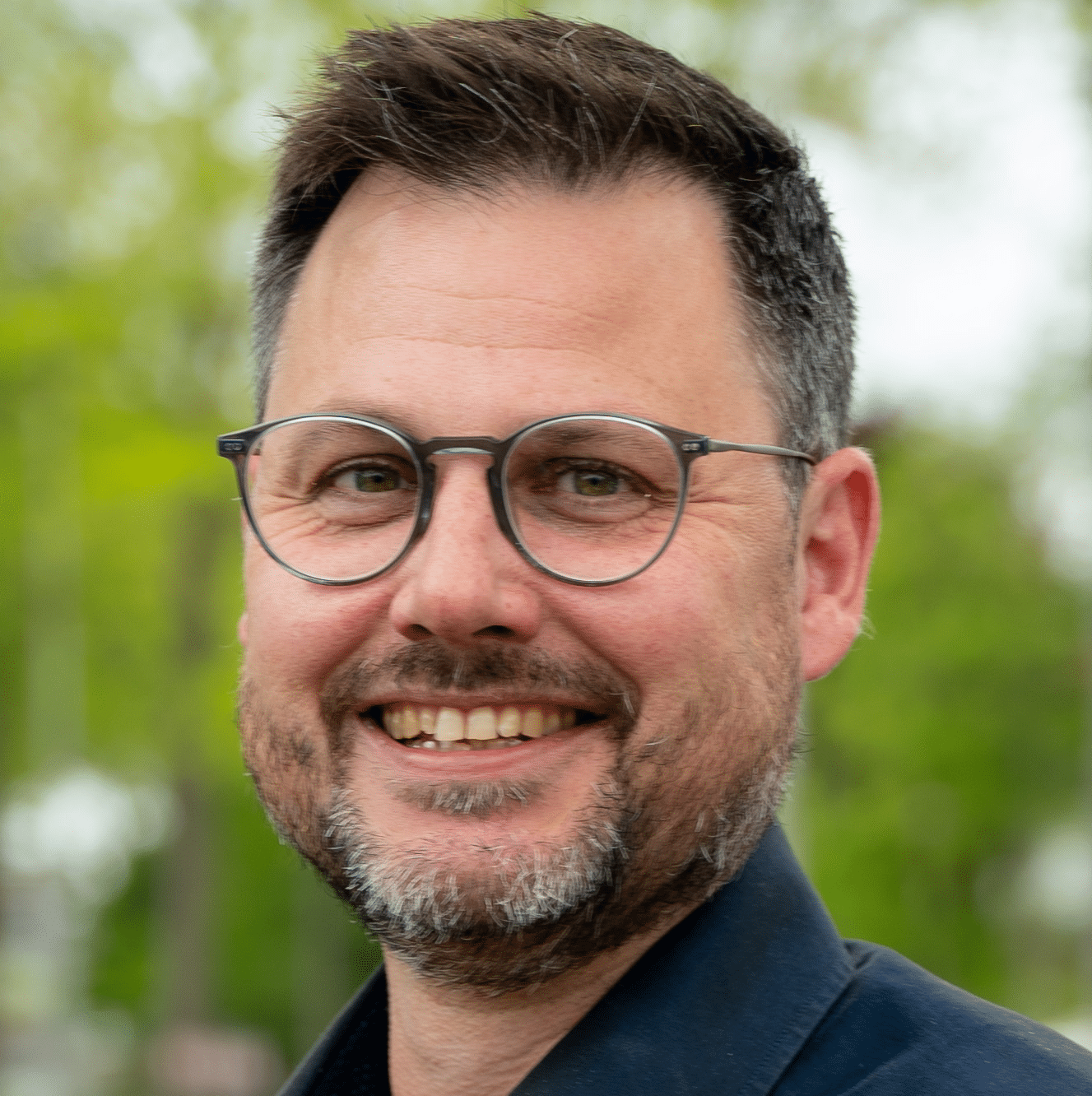
Speaker #3: Streamlining Compressed Air Audits: Algorithm-Enhanced Auto-Analyzers. Case Studies
Rok Trelc, Senior Auditor, HPE
In our presentation, we explore the application of artificial intelligence in compressed air audits. These novel tools are designed to facilitate efficient audits through the analysis of multi-site data, anomaly detection, and the proposal of actionable improvements. The case studies presented are based on audits where auditors were not physically present on-site, relying solely on customer-provided data from a permanent monitoring platform. In conclusion, the development of auto-analyzers is still an ongoing investment. However, the shown potential of the auto-analyzed audits, coupled with an ever-growing number of sites, promises a return on the developmental costs in less than a year.
I Started out at HPE, an authorized dealer in Ingersoll Rand compressors as a technical salesperson of measuring equipment, mainly insertion-type flowmeters. After a few years I moved to the audit division where I spent the next 12 years as an auditor of large screw and centrifugal compressor systems. During this time, I helped grow the “demand-side” division of HPE specializing in leak detection and inappropriate use of compressed air in industrial plants across Europe. My last five years have been spent working on software automation of audits freeing up auditor resources to field visits where human interaction is most important.
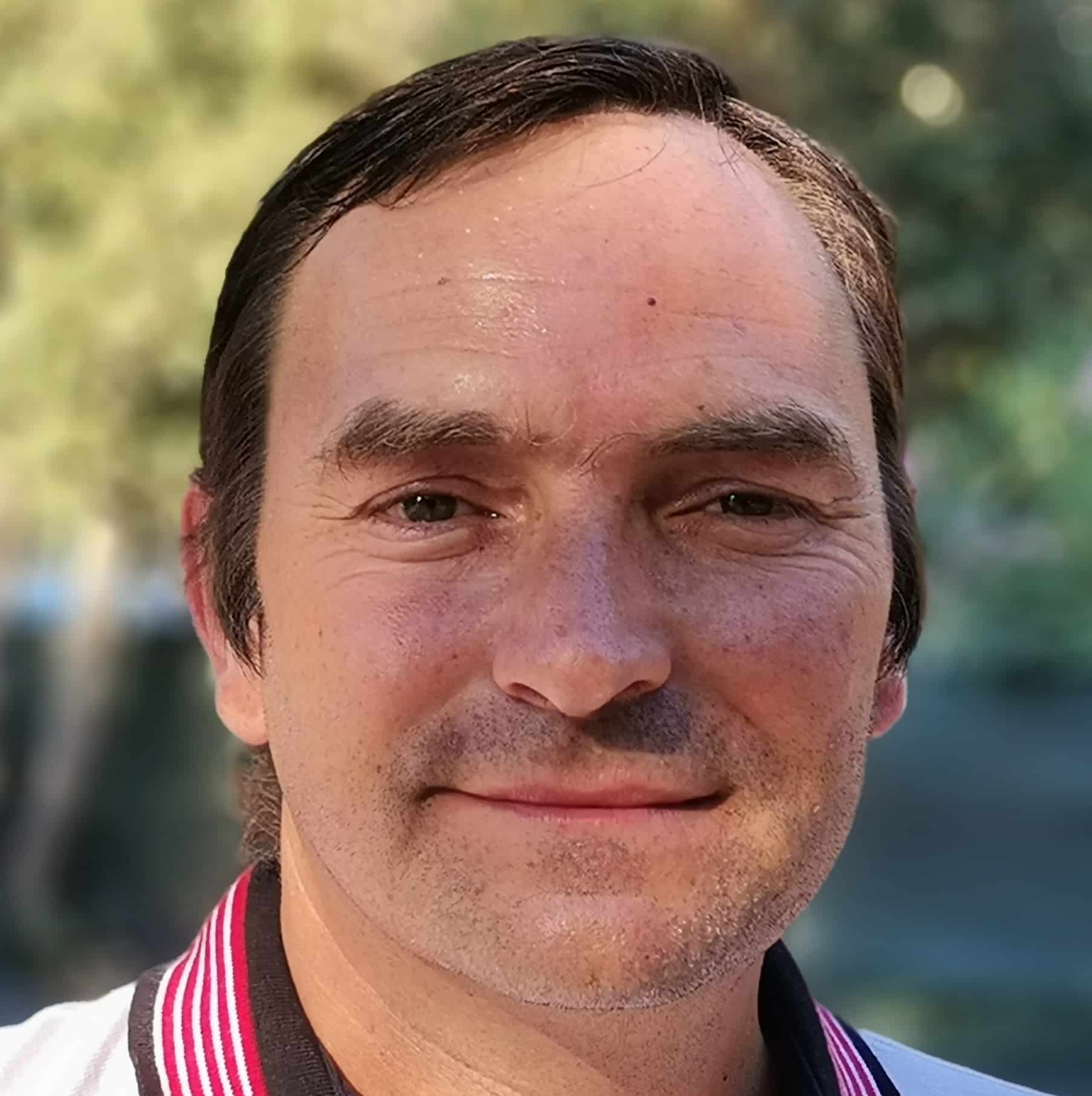
Speaker #4: How AI Can Help Evaluate Employee Engagement in Compressed Air Demand Optimization
Gorazd Bregar, CALMS Air
Despite the focus on optimizing compressed air supply, the real savings lie on the demand side. A holistic approach with cutting-edge AI technology can enhance system connectivity and operational efficiency. This can also empower employees across departments to engage and contribute suggestions, fostering a culture of continuous improvement and education. Join us to explore how integrating technology and human insights is revolutionizing energy management in compressed air systems.
Gorazd graduated in 1995 with a degree in Process Automation from the Faculty of Electrical Engineering at the University of Ljubljana. In 2001, he completed a postgraduate Master’s degree in Business Informatics at the Faculty of Economics at the University of Ljubljana, specializing in computer information systems. Gorazd is the founder of HPE d.o.o., a company focused on compressed air solutions and services, as well as a group of service companies operating in Slovenia, Croatia, Bosnia, and Serbia. He founded CALMS, an independent platform for managing compressed air and other energy utilities worldwide.
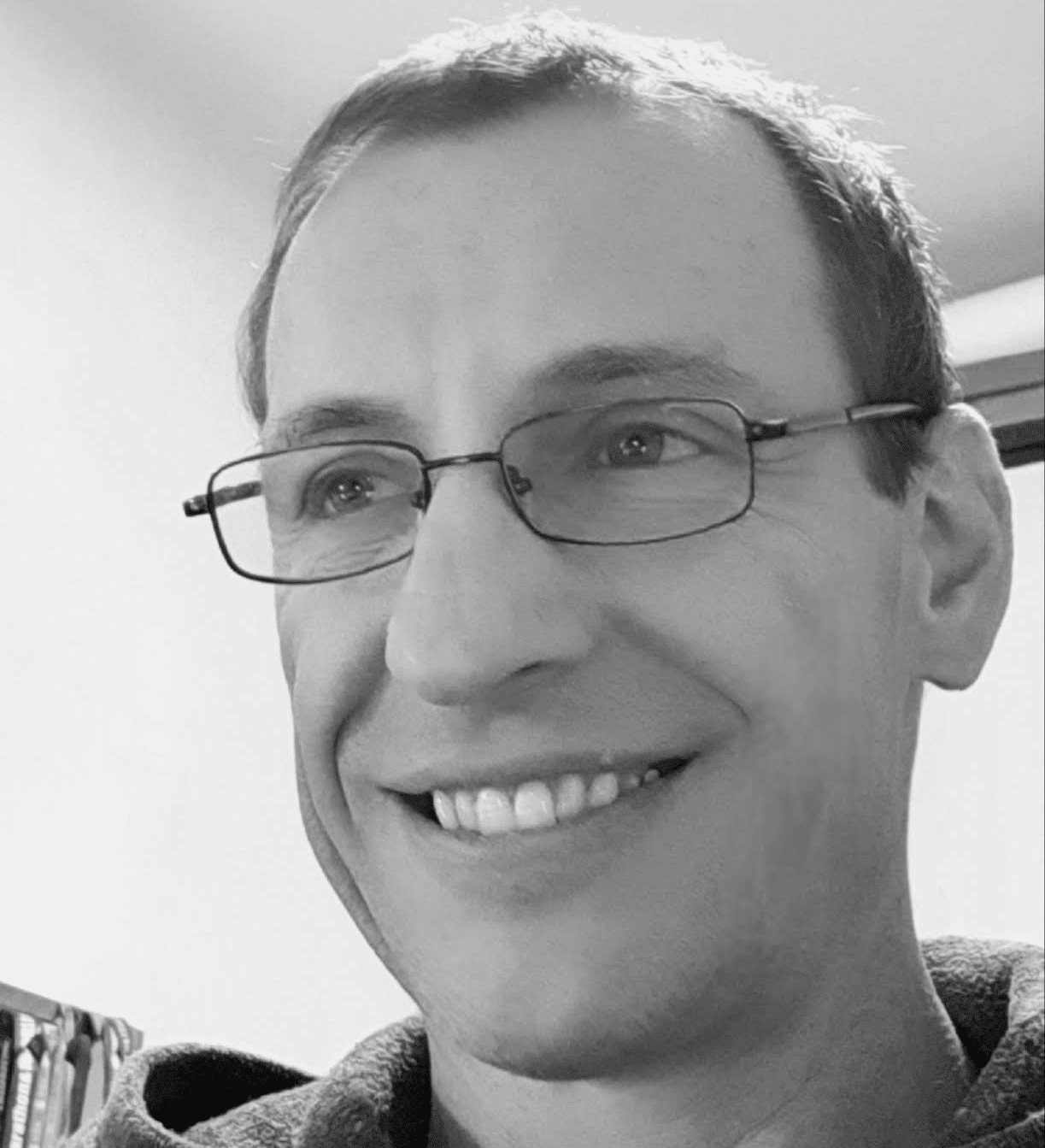
Thursday, October 31st – 10:15 AM – 12:15 PM
Session #4: Maintaining and Improving System Performance and Reliability
Chair: John Bilsky, Facilities Maintenance, Gentex Corporation
Speaker #1: Maintenance Work Orders: Things to do Without Spending A lot of Money
John Bilsky, Facilities Maintenance, Gentex Corporation
John Bilsky is experienced in engineering design/improvements and maintenance of compressed air, nitrogen, and water purification systems. He also has in-depth knowledge of production and management of capital projects. Bilsky serves as the Facilities Specialist at Gentex Corporation for Compressed Air, Nitrogen, and Purified Water.
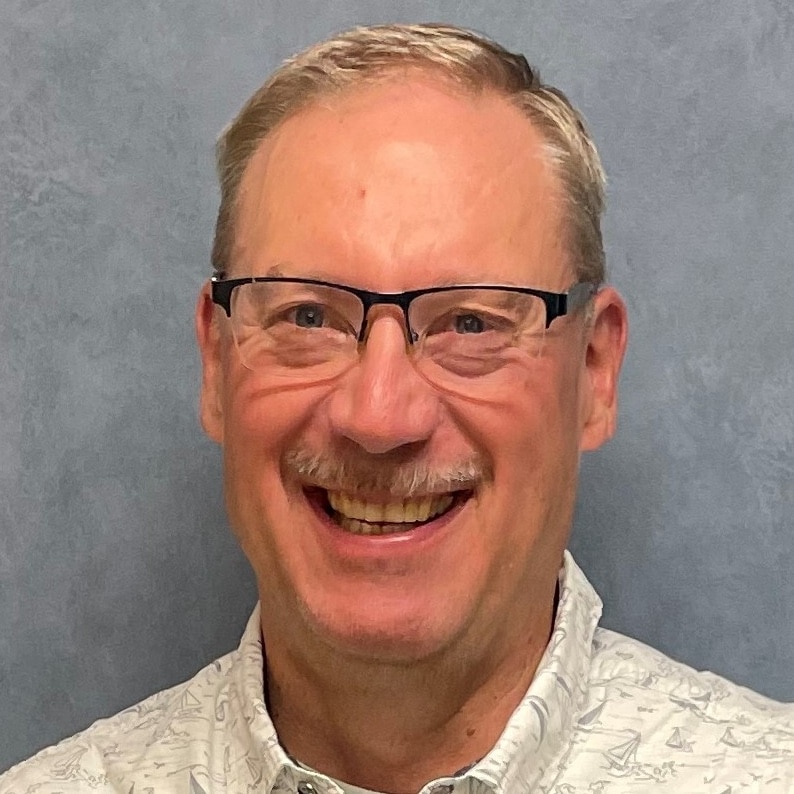
Speaker #2: Compressed Air Leak Surveys-the Evolution of the Acoustic Camera
Brian Kavanaugh, Sales Director-Americas, SONOTEC
In this presentation I will describe the history of the acoustic camera and how it has evolved over the years. The devices has gone from a cumbersome R&D device mainly used in the automotive industry to a portable handheld device used for quick and easy leak detection, among other reliability focused applications. Additionally, some cameras now use a combination of different technologies, such as ultrasound, thermography, GPS, range finders and more. We will discuss how this technology continues to benefit companies when it comes to energy savings and makes maintenance technicians lives even easier, even in challenging (both production and managerial) environments.
Brian Kavanagh has been working at SONOTEC since 2019 and is involved in their preventative maintenance product line. He is an expert on ultrasound technology and how it applies to different industries. Brian lives on Long Island, New York and enjoys traveling both for work and pleasure.

Speaker #3: The Steps to Establish a Resilient Compressed Air Leak Management Program Lasting 10+ Years
Nina Bizjak, CEO, Erlik d.o.o.
In this presentation, we will explore the critical steps necessary to lower leak management failure rates and establish a resilient system that sustains performance for over a decade, as a key component of demand-side optimization in compressed air systems. Participants will learn what good leak management system processes are, the steps to implement it, when to seek external assistance, and how to set up Key Performance Indicators (KPIs) that accurately measure effectiveness and progress. We will also discuss strategies for fostering a culture of continuous improvement within organizations. The session will also include a case study of a company that has successfully managed its leaks for more than ten years, providing practical insights and proven solutions.
With a background in industrial engineering, I developed an interest in compressed air leak management over five years ago. The challenge lies in not only identifying solutions but also effectively implementing them in customer processes. To address these challenges, I co-founded ERLIK d.o.o. in Slovenia. Our company is dedicated to optimizing compressed air systems, focusing on demand-side audits, leak management, and ISO 50001 project management.
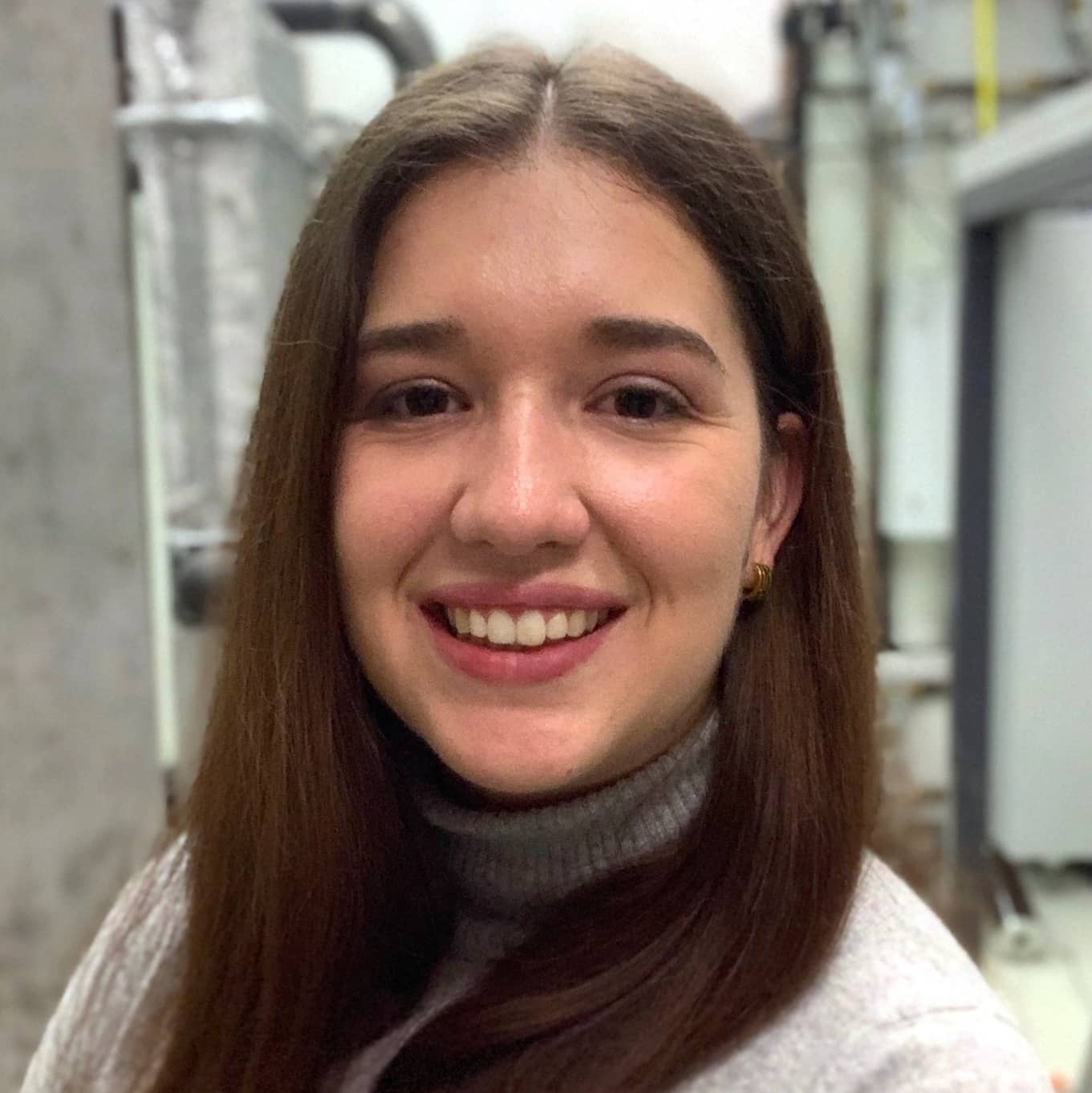
Speaker #4: A List of Maintenance Projects for Compressed Air Demand Savings
Jerry Zolkowski, Principal Engineer, DNV/Consumers Energy Program
Efforts aimed at improving the efficiency in generating compressed air are worthwhile, but even the most efficient compressed air system still discards about 80% of the input energy as waste heat. Minimizing compressed air use can provide savings with quick returns and receive utility incentives. This presentation covers two topics:
- A presentation of common demand savings including the following: leak detection and repair; no-loss condensate drains; electric motors and tools replacing air motors and pneumatic tools; high efficiency nozzles; using blowers instead of compressed air; dewpoint sensing controls for desiccant dryers and pressure sensing vortex vacuum generators.
- “Small Piston Air Motors Save Big Energy While Ensuring Safety” topic and case study that appeared in the March 2023 issue of Compressed Air Best Practices.
Jerry Zolkowski, PE CEM CMVP is a Principal Engineer with DNV. Since 2013 he has been working on the Consumers Business Energy Efficiency Program in Michigan with a focus on making industrial plants more efficient. Prior employment includes: three years at Dow Corning, six years finding and evaluating energy conservation opportunities for Shaw Industries’ manufacturing operations. Shaw has over 50 manufacturing plants and is the country’s largest carpet producer. Also, ten years at the state’s industrial extension service at Georgia Tech. That work included energy conservation, environmental compliance, and plant & design engineering. Education includes a BS in Mechanical Engineering from the University of Rochester and an MBA from Columbus State College.
